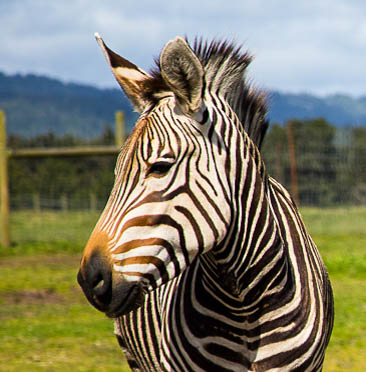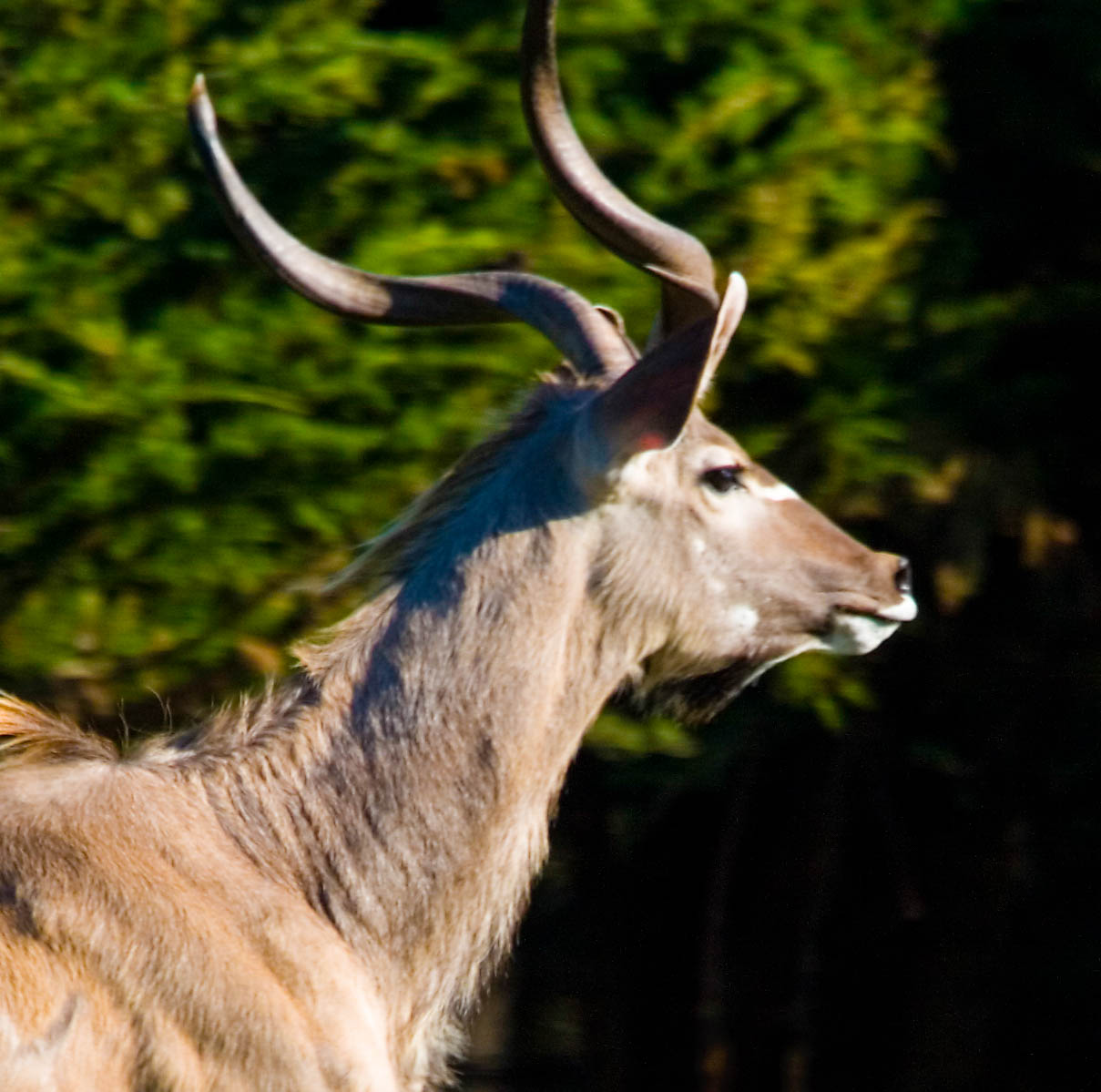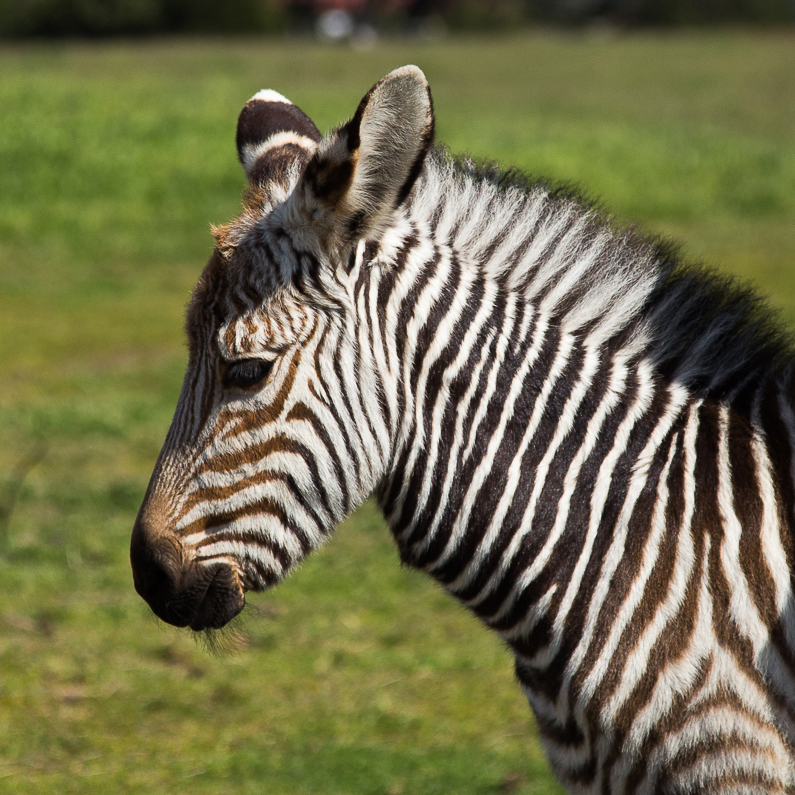Hartmann's Mountain Zebra
The Hartmann’s Mountain Zebra occupies the rugged, broken terrain at the edge of the African Plateau east of the Namib Desert. Unfortunately the Hartmann’s Mountain Zebra lives in direct conflict with livestock farmers. They are in direct competition with livestock for grass and fodder, which has become particularly scarce in many parts of Namibia due to very little rainfall over the past several years. This is the main reason that more and more Hartmann’s Mountain Zebras are culled legally or illegally, or are disposed of by other means, leading to inadequate density and distribution of the animals.
Due to increasing impoverishment of certain groups within the human population, poaching has increased rapidly over the last few years. Also, since the zebra offers a relatively large amount of meat, it has become a preferable target of poachers. In Angola this species is probably extinct now due to the war, resulting in hunting by soldiers and other people for food.
Coloring
The ground color on the body of the Hartmann’s Mountain Zebra is white, with black to deep brown stripes which continue through the short, erect mane. The stripes on the head and body are narrow and more numerous than those on the rump, and the legs are striped to the hooves. The posterior portion of the dorsal stripe forms a distinctive “gridiron” pattern that continues onto the tail and extends to the whisk near the tip. The muzzle is black.
breeding
Mountain zebras have a polygynous mating system. They form small breeding herds that consist of one adult stallion and 1 to 5 mares with young. Breeding herds remain stable over many years and mares usually remain in a herd for life.
The breeding season of mountain zebras lasts throughout the year. The gestation period is approximately one year, and one foal is produced per breeding season. Foals are weaned at around 10 months of age. After birth, the mare positions herself between the foal and the rest of the herd while it studies her stripes for future recognition.
Hartmann’s Mountain Zebra live approximately 20 years in captivity.
communication and perception
Mountain zebras communicate using mainly visual and auditory cues. Because no two individuals have identical stripe patterns, body pattern can be used for individual identification. At close range, individuals can also be recognized by smell.
Among all members of the horse family, the positioning of the ears, the stretching of the corners of the mouth, the exposure of the teeth, the opening of the mouth, and the positioning of the head and tail serve as signals of an individual’s mood or intentions. Ears laid flat back against the head signal threat, especially when accompanied by a lowered head and open mouth. During greeting rituals, mountain zebras touch noses and communicate rank by the positioning of the ears. As a gesture of inferiority, younger individuals hold their ears to the side and make chewing motions with exposed incisors when greeting adults.
Mountain zebras make a variety of vocalizations. Stallions make a high-pitched alarm call or snort to alert herd members to danger. Bachelor stallions make a drawn-out squeal when confronted by a herd stallion. In order to express contentment when feeding, mountain zebras make a soft sound caused by forcing air between closed lips.







